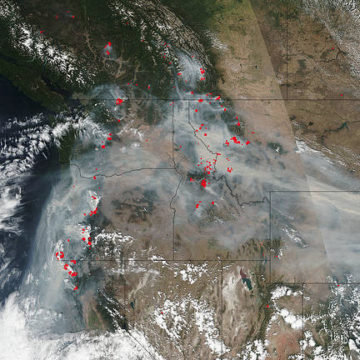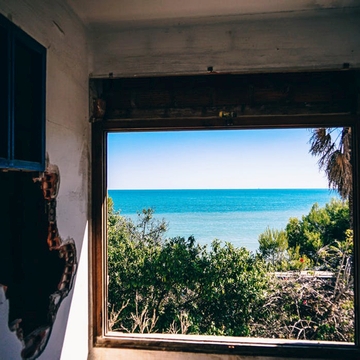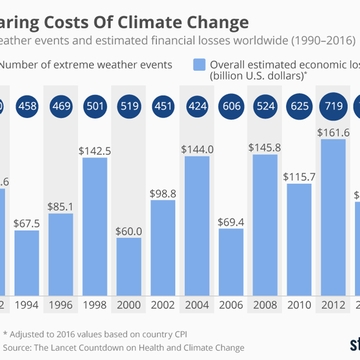Cities’ Adaptations to Sea-Level Rise
Since we don’t yet know how fast and how high sea levels are going to rise, Berkeley urban designer Kristina Hill stresses that our strategies must be ready and be adaptive as conditions change. Rising seas pose multiple dangers. Groundwater rises on top of sea level causing inland flooding. What can we do to prepare? A fundamental principle of landscape architecture — “dig a hole, make a mound” — offers a time-tested strategy, she argues. As groundwater levels rise, the “holes,” i.e. ponds and canal systems, can store excess water. They contain and re-direct floods, helping us live with water like the Dutch. The earth from the ponds can be used to build levees called superdikes, with an extra-wide wetland edge on the Bay side. Floating housing on the ponds would serve to protect from both flood and earthquake damage. This strategy would solve both housing needs and environmental concerns, aligning interests that are often opposed while adapting to a changing climate.




